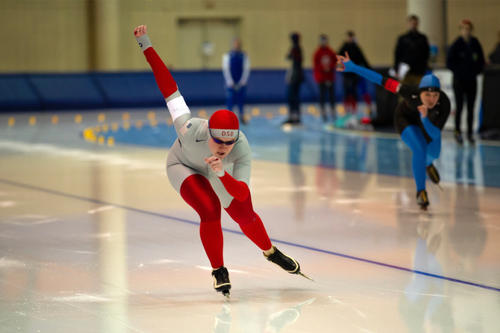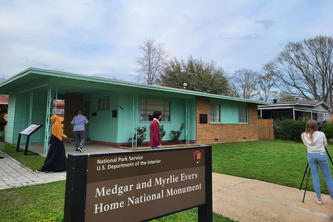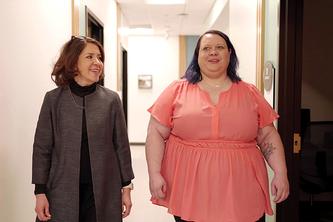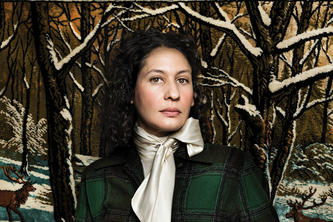
Will speedskater, aspiring physician and Minnesota native Ilsa Shobe follow in the footsteps of Olympic speedskater (five golds, 1980), orthopedic physician and Wisconsin native Eric Heiden? Could be.
Biomedical engineering student Shobe is finishing her degree from Salt Lake City, where she trains on an indoor track alongside world-class skaters who push her to new limits. It’s a regimen relished by the College of Science and Engineering (CSE) senior, who has set her sights on making the 2026 Olympic team.
She’s also been working with CSE Professor Art Erdman and sports scientists from US Speedskating—the governing body for the sport in the United States—to calculate the optimal track, or path, individual short track speedskaters should take. The goal is to avoid wearing out their legs so they can end their races with an explosive sprint.
“This involves comparing the forces an athlete must withstand when taking various tracks versus the forces the athlete can actually generate themselves, measured by what they are able to produce on a force plate,” Shobe explains.
Her data is expected to be used by athletes in the upcoming Winter Olympics.
“Since this season's an Olympic season, US Speedskating is trying to figure out how strong everyone needs to be to be successful at the Olympics and what needs to be improved upon before then,” Shobe notes.
An eye for the long track
Seeking to become a physician with the engineering skills to solve medical problems, Shobe takes inspiration from her mother, who holds a master’s degree in biomedical engineering from CSE.
And for younger students in the field, she offers a golden nugget of advice: “Dream bigger than you think possible. If your dreams don’t scare you, then you’re not dreaming big enough.”
Read a longer article with video and Q&A about Ilsa Shobe.
- Categories:
- Sports and Recreation
- Bioengineering
- Science





